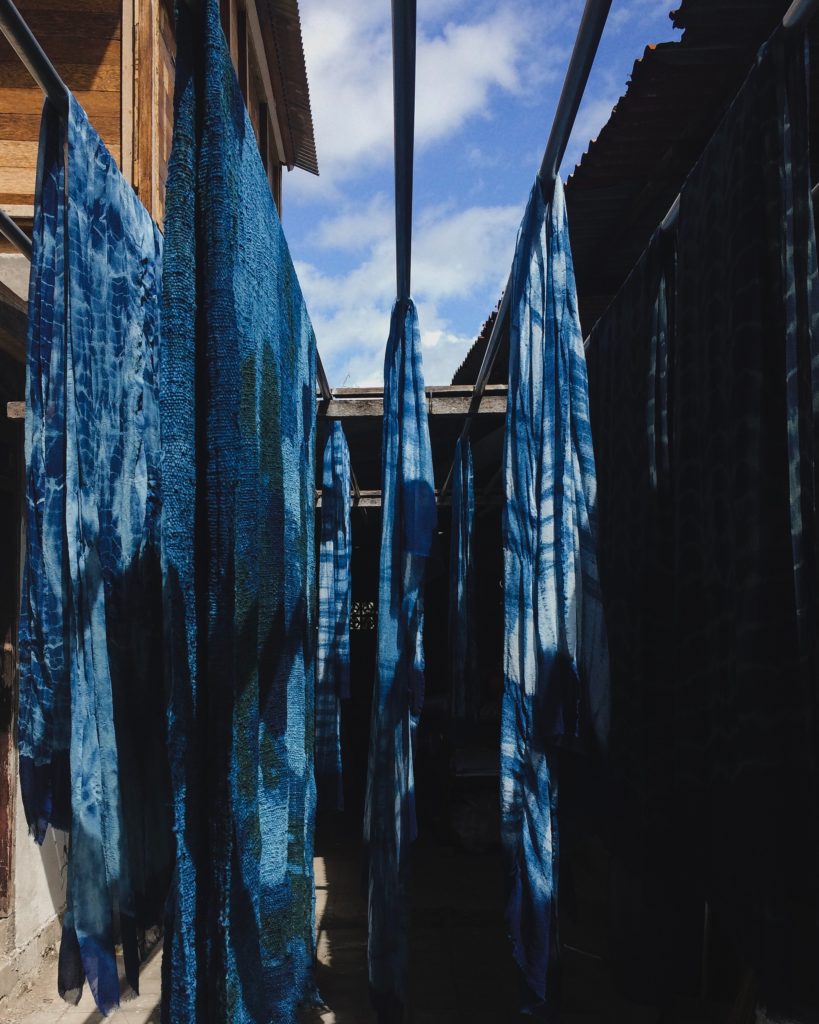
Tired of the same old clothes in your closet? Want to give your favorite garments a fresh new look? Thinking of dyeing your clothing by hand to create a specific look and color that suits your style? Well, fret not! When you hand-dye clothing it’s a fun and creative way to express your personal style and create one-of-a-kind pieces that nobody else will have.
Not only does hand-dyeing allow you to revamp your wardrobe, but it also promotes sustainability by giving new life to old garments. Instead of buying new clothes and contributing to the fast fashion industry’s harmful effects on the environment, why not transform what you already have?
The process to hand-dye clothing is simple and can be done right at home. All you need are some basic materials like fabric dye, rubber bands, gloves, and a large bucket or sink. The possibilities are endless when it comes to choosing colors and techniques. You can experiment with tie-dye patterns, ombre effects, or even create your own unique designs.
One advantage of hand-dyeing is that it allows you to customize your clothing according to your preferences. Have a favorite shirt that has faded over time? Give it a vibrant new hue that matches your personality. Want to add some artistic flair to a plain white dress? Create a beautiful watercolor effect using different shades of dye.
Preparation is Key
Before you start dunking your clothes in dye, there are a few things you need to do. First, choose the fabric you want to dye. Natural fibers like cotton, linen, and silk take dye the best, while synthetic fibers like polyester and nylon are more resistant. You can also dye wool and rayon, but the results may be less predictable.
Once you’ve chosen your fabric, pre-wash it to remove any sizing or finishes that could prevent the dye from adhering. If your fabric is new, you may also want to pre-shrink it to avoid any surprises later.
Techniques to Hand-Dye Clothing
There are many different ways to dye fabric, each with its own unique results. Here are a few of the most popular techniques:
- Immersion dyeing: This is the simplest technique, where you simply submerge your fabric in a pre-mixed dye bath. You can control the color intensity by varying the dyeing time and temperature.
- Tie-dyeing: This classic technique creates swirling patterns by folding, crumpling, or binding the fabric before dyeing.
- Shibori: This Japanese technique involves clamping, stitching, or folding the fabric to create intricate resist patterns.
- Spray dyeing: This technique uses a spray bottle to apply dye directly to the fabric, creating a more textured and organic look.
Choosing Your Dyes
There are two main types of dyes: fiber-reactive dyes and acid dyes. Fiber-reactive dyes bond chemically with the fabric, resulting in permanent color that is resistant to washing and fading. Acid dyes are not as permanent as fiber-reactive dyes, but they are easier to use and work well on protein fibers like wool and silk.
The Dyeing Process
Once you’ve chosen your technique and dye, it’s time to get started! Here’s a general overview of the dyeing process:
- Prepare your dye bath according to the manufacturer’s instructions.
- Pre-wet your fabric in warm water.
- Immerse your fabric in the dye bath and stir gently to ensure even coverage.
- Maintain the desired dyeing temperature for the specified time.
- Rinse your fabric in cold water until the water runs clear.
- Wash your dyed fabric in cold water with a gentle detergent.
- Dry your fabric according to the care instructions.
Get Creative and Have Fun!
Dyeing your clothes is a great way to express your creativity and personality.
Tips for Success
- Always wear gloves and a mask when handling dyes.
- Work in a well-ventilated area.
- Test the dye on a scrap of fabric first to make sure you like the color.
- Don’t overcrowd your dye bath.
- Be patient! Dyeing can take time, so allow yourself plenty of time to experiment and achieve the results you desire.
All in all, don’t be afraid to experiment with different techniques, colors, and patterns. The possibilities are endless. With a little practice, you’ll be a dyeing pro in no time. So grab some dye, your favorite clothes, and get ready to create something truly unique.
